What is the Quant Network?
The open, dependable, and secure network that the traditional internet architecture aimed to create is still a dream. However, distributed ledger technologies (DLT) like blockchain and their vast applications in many industries such as finance, healthcare and others allow the internet to reach its potential as a decentralized network of networks.
DLTs offer a wide range of advantages, but their quick-paced environment needs more seamless intercommunication both externally with other networks and internally with other ledgers. Due to this restriction, distributed applications are forced to be single-ledger-dependent or non-interoperable to run only on a single ledger.
However, a project called the Quant Network aims to address blockchain's interoperability issues by using the Overledger DLT operating system. But who is behind the Quant Network? Gilbert Verdian established the Quant Network in 2015 to improve the effectiveness of information communication worldwide.
Gilbert proposed this after learning that DLT could address the issues he was running into while serving in the governments of the UK and Australia. Quant is an open-source communication protocol that offers a network for businesses and developers to connect to and communicate with various DLTs simultaneously. Quant's Overledger DLT Gateway, also referred to as the Enterprise 5, supports multiple blockchains, including Bitcoin, Hyperledger Fabric, Ethereum, R3 Corda and BNB Chain.
This article will discuss the Quant project, its main features, how it works, and how and where to buy Quant tokens.
What is Quant (QNT) cryptocurrency?
QNT token is the native cryptocurrency of the Quant network. QNT is an ERC-20 token. However, it is blockchain independent and can easily switch to any other blockchain. The Swiss Financial Market Supervisory Authority (FINMA) governs QNT as a utility token that aims to give users online access to an application or service.
Developers require QNT tokens to build on the Overledger platform. However, licenses to use Quant Network's services are purchased by developers using fiat currency, which is then converted to QNT crypto by the Quant Treasury. This implies that businesses can make compliant purchases without dealing with exchanges directly.
Similarly, payments for read-and-write operations to Overledger must be made in QNT based on a fiat value that the Quant Treasury converts to QNT tokens. Additionally, if developers decide to monetize their applications, they can charge subscriptions in QNT, fiat or any other digital currency.
Moreover, in order to use multiple decentralized applications (mDApps) and access the Overledger ecosystem, end users will also need to hold QNT tokens. For instance, they will need QNT to renew their license key annually.
How does Quant (QNT) Network work?
The Quant Network aims to solve blockchain interoperability issues using Overledger, an application programming interface (API) gateway that supports several distributed ledgers. An API is a means of communication between two or more computer programs.
The Overledger operating system allows programmers to develop mDApps that support widely-used blockchains. The Quant Network is able to do this thanks to the Overledger protocol architecture's four separate layers.
Transaction Layer
Transactions that have been verified using distributed ledger technology are stored at this layer. This implies that another ledger cannot confirm already validated transactions. By consolidating all related activities onto a single layer, Overledger simplifies the actions required to reach consensus across various blockchain domains.
Messaging Layer
The Messaging Layer is a shared channel where transactions from all ledgers are recorded, in contrast to the transaction layer, which is divided into separate ledgers. This logical layer pulls all transaction-related information, including smart contract data and messaging digests, from each ledger in the Transaction layer.
The Transaction Layer is unaware of the contents of the Messaging Layer since the information about the transactions is wrapped, allowing all transactions from all ledgers to be combined.
Filtering and Ordering Layer
The Messaging Layer's messages that are referred to in the digest of out-of-chain messages are filtered and ordered by this layer. Additionally, this layer makes sure the message complies with the application's needs and schema. For instance, a program can require that a specific quantity of coins be moved for a transaction to be acceptable, or it might only allow transactions from/to a particular address.
Application Layer
The Application Layer assumes control over all other layers by establishing the guidelines and methods for interacting with the blockchains. Each multichain application is segregated from the others in this layer.
To use Overledger, multichain applications must establish two sets of rules—one necessary and the other optional, which specify how to communicate with other users and programs and the Overledger system.
Applications can interact with one another by sending messages via the Messaging Layer. These messages can pass from the Filtering and Ordering Layer to the Application Layer if they comply with the filtering requirements of the other application.
Main features of the Quant protocol
Overledger Network, Overledger DLT Gateway, mDApps and multi-DLT smart contracts are some key features that make the Quant Network useful.
DLT interoperability through the Overledger Network
Overledger Network offers interoperability through Overledger DLT gateways using tools such as a representational state transfer application programming interface (REST API) to connect several commercial, private and public distributed ledger technologies.
REST APIs are intended to make the most of existing protocols while enabling developers to create apps without downloading any brand-new libraries or software. When a user is logged in to the Overledger DLT protocol, data can be transferred between any two of the system's blockchains.
Facilitates communication between several blockchains using the Overledger DLT Gateway
Without engaging with ledgers on an application level, Quant's Overledger DLT Gateway enables the communication between several blockchains. In addition, it offers future-proof scalability (without forking or consensus needs) for DApps and mDApps by interacting with many ledgers at once.
Supports mDApps
mDApps combine several blockchain features into a single application as opposed to DApps, which are limited to a single blockchain network. Moreover, multiple decentralized applications support blockchains that are non-smart contract based and support many programming languages.
Multi-DLT smart contracts for cross-chain transactions
Multi-DLT smart contracts facilitate complicated processes like cross-chain atomic swaps between various blockchains. A cross-chain atomic swap is the exchange of cryptocurrencies, such as exchanging Bitcoin (BTC) for Ether (ETH) across distinct blockchains without using an intermediary to verify or handle the transaction.
How and where to buy Quant (QNT) tokens?
QNT tokens can be bought via a centralized exchange like Coinbase or through brokers such as eToro. For instance, the basic steps to buy QNT tokens via Coinbase are as follows:
Similar to the above process, here is the step-by-step guide to buying QNT tokens with PayPal via eToro:
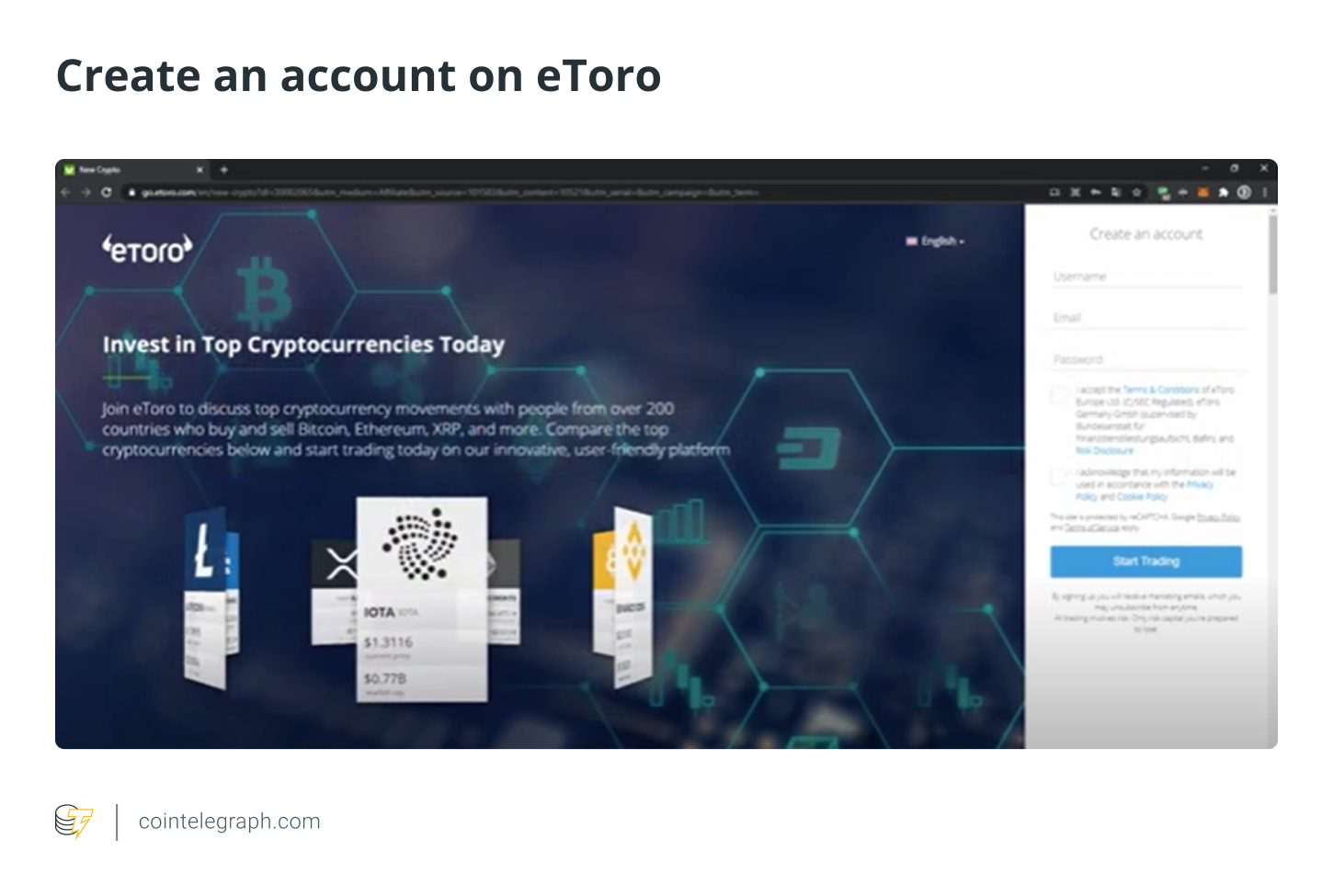
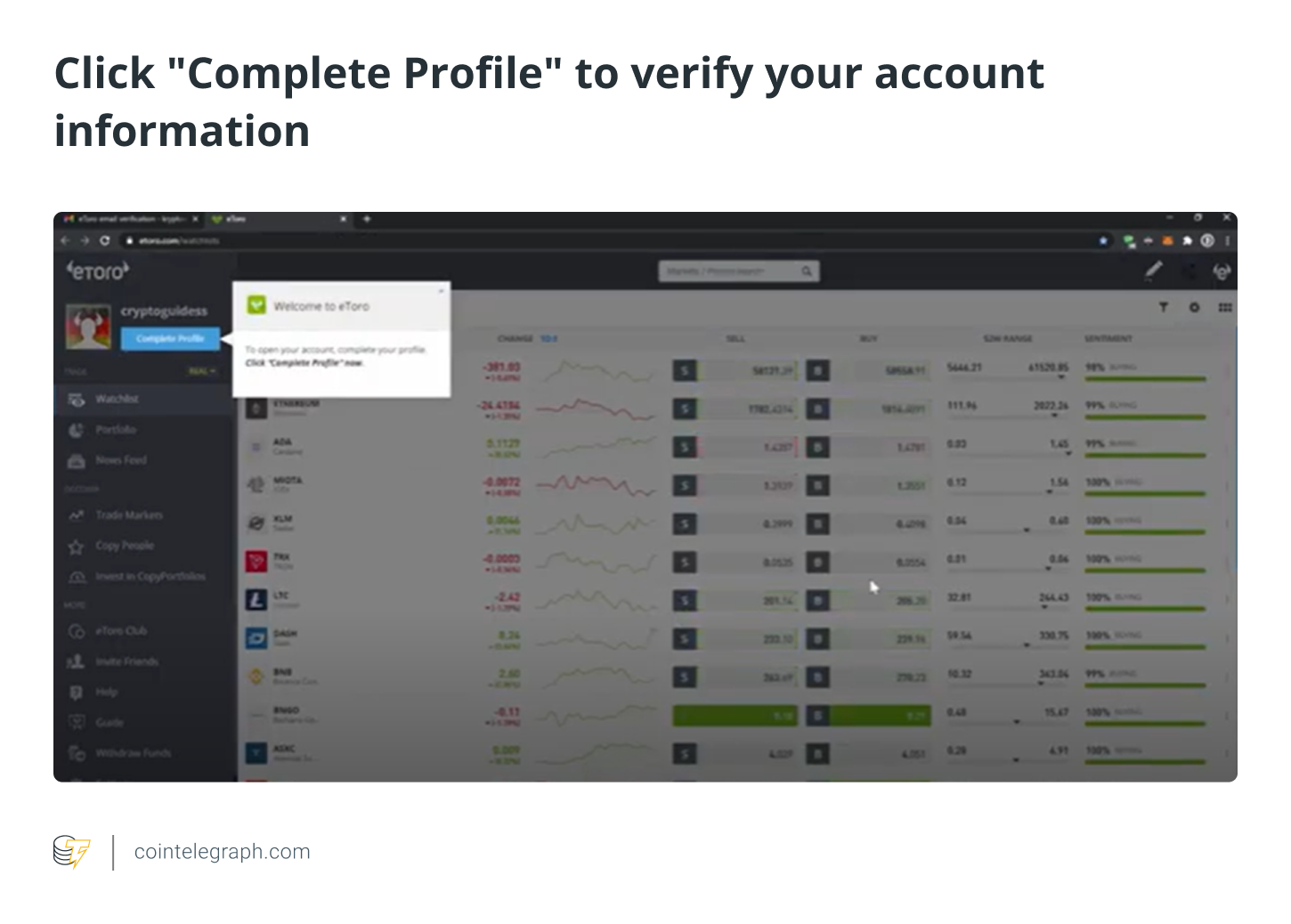
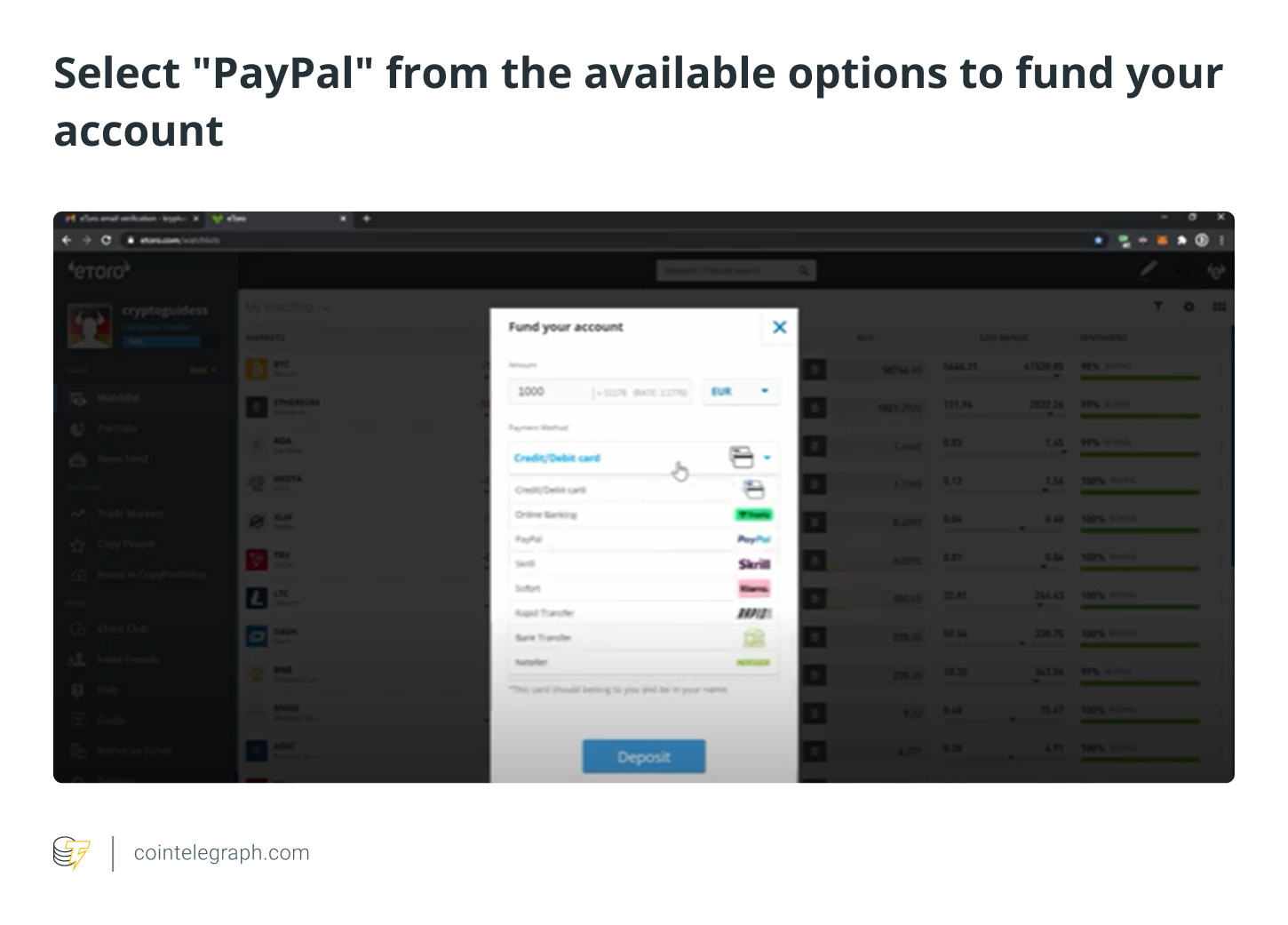

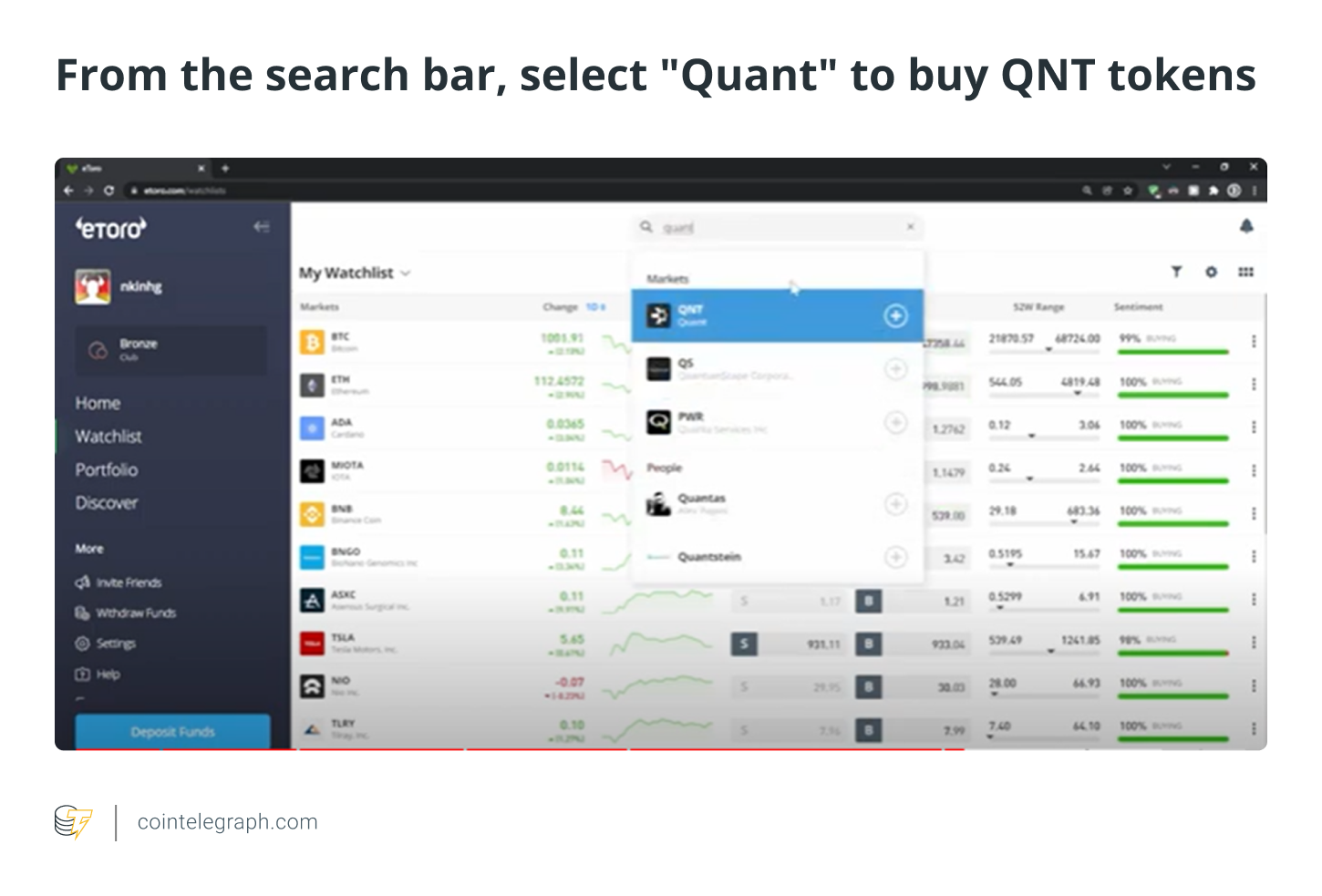
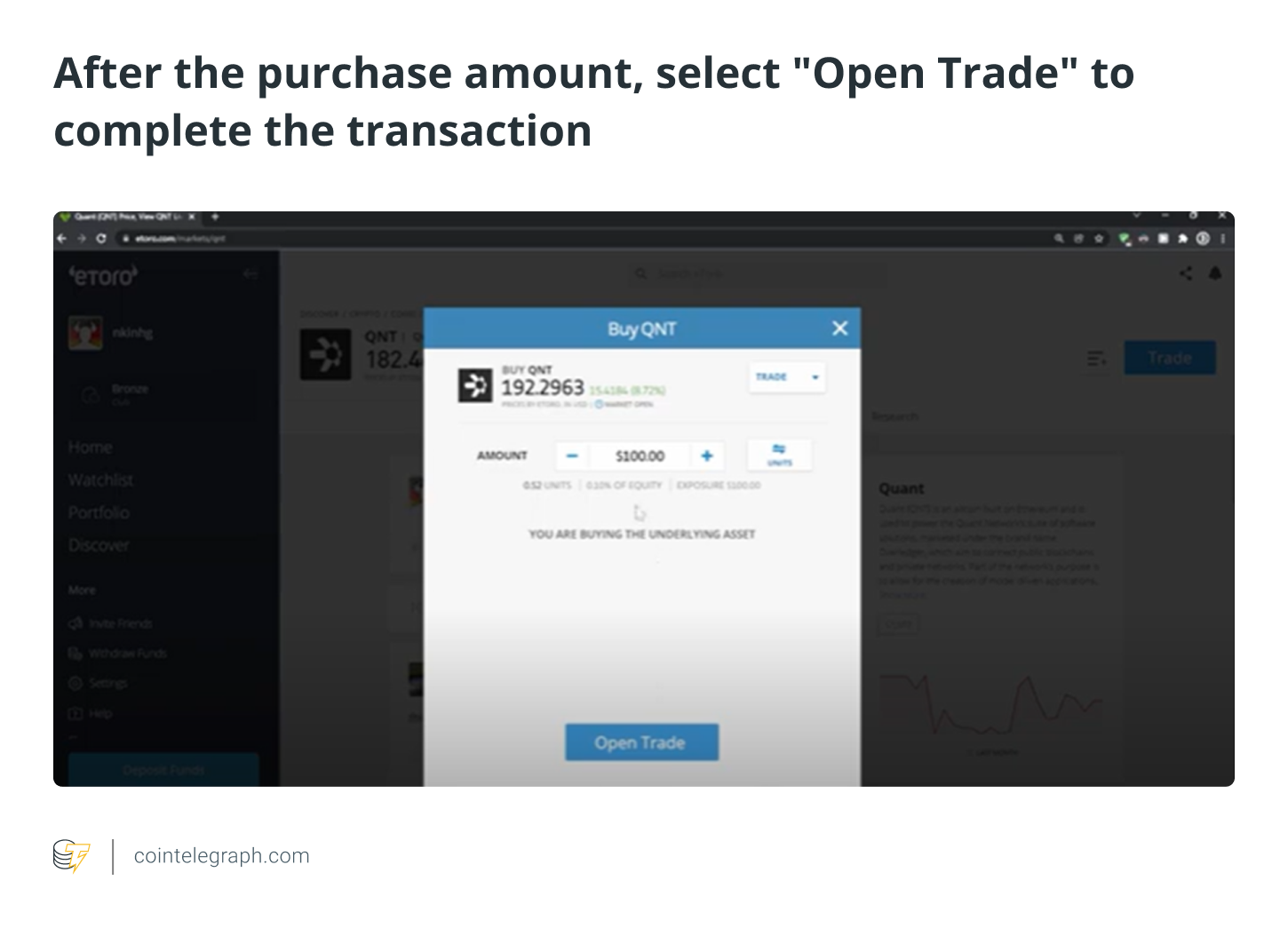

But can QNT be staked? Yes, QNT tokens can be staked to earn passive income from the quant project. For instance, to gain higher priority, Overledger Gateway operators may stake QNT with the platform's treasury. Alternatively, users may want to stake QNT tokens with the exchange of their choice.
Why buy Quant (QNT) tokens?
Quant's Overledger platform requires enterprises to pay licensing fees in QNT tokens. As a result, such organizations may purchase Quant Network's native cryptocurrency to pay for their expenses. Additionally, QNT may be of interest to those who see value in developing a consistent API for businesses to connect to multiple distributed ledgers.
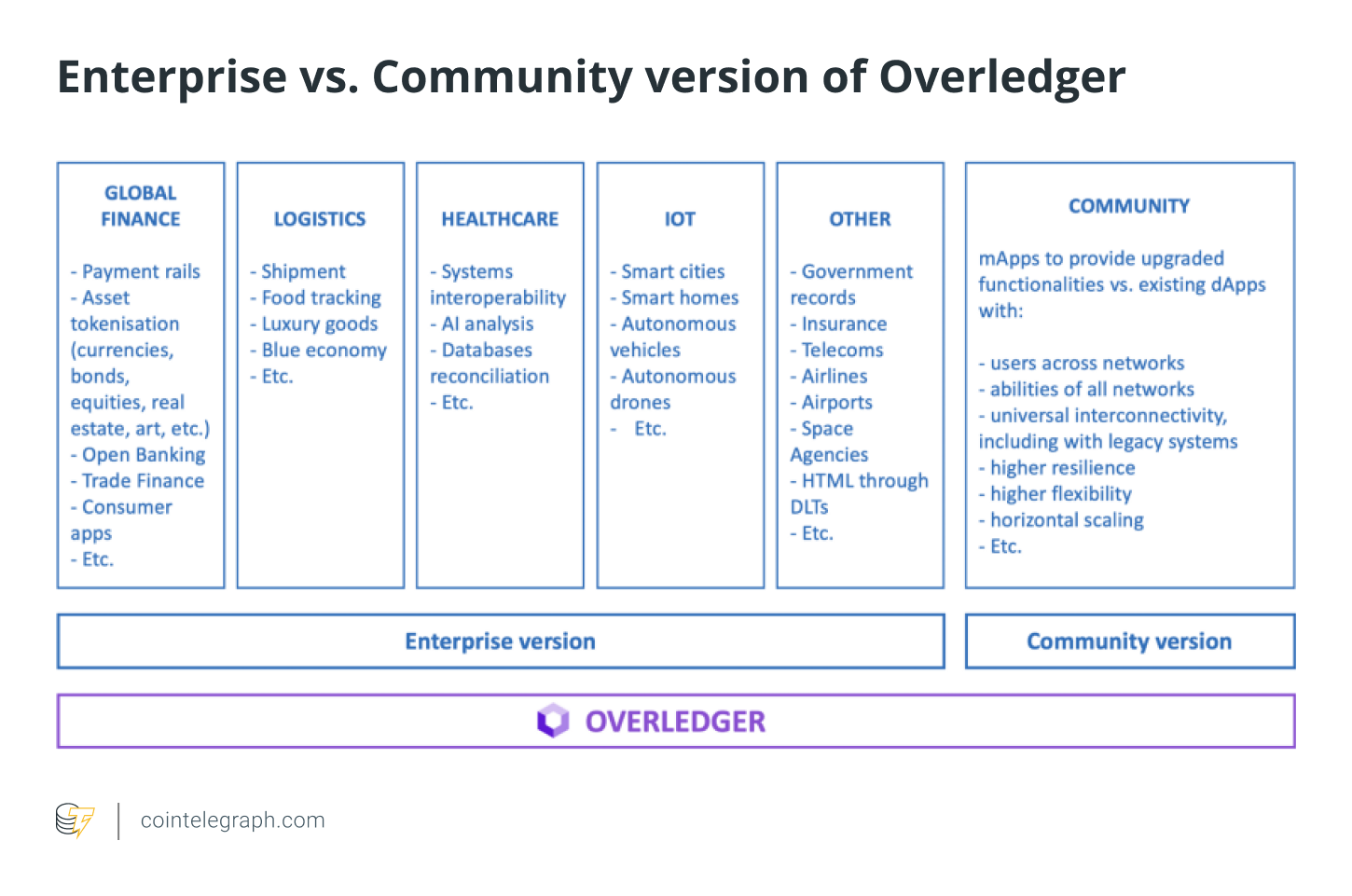
Furthermore, due to Quant's feature to facilitate communication between private and public blockchains, it can act as an architecture for designing central bank digital currencies (CBDCs). For instance, to ensure interoperability between the existing and future global payments infrastructure as well as traditional payment methods (e.g., e-money and cash), the Quant team supports the Digital Pound Foundation's vision to develop a well-designed CBDC (digital pound or Britcoin) in the United Kingdom.
But, is the Quant network secured? There is no sure-shot answer. However, the likelihood of a security attack on the network is extremely low because Quant cannot be forked or lose contact with its numerous ledgers.
Quant's Overledger vs. Ripple Interledger Protocol
Overledger facilitates interoperability between permissioned and permissionless blockchains using an API gateway and supports the development of mDApps. Quant Network's native cryptocurrency, QNT, is used by stakeholders across multiple blockchains to make payments.
Ripple's Interledger Protocol facilitates the transfer of funds via a network of linked ledgers from the source to the intended recipient utilizing the connectors. However, it does not have a native token to allow multiple blockchain networks to transfer digital transfers.
Here is a summary of differences between the above-mentioned blockchain interoperability projects:
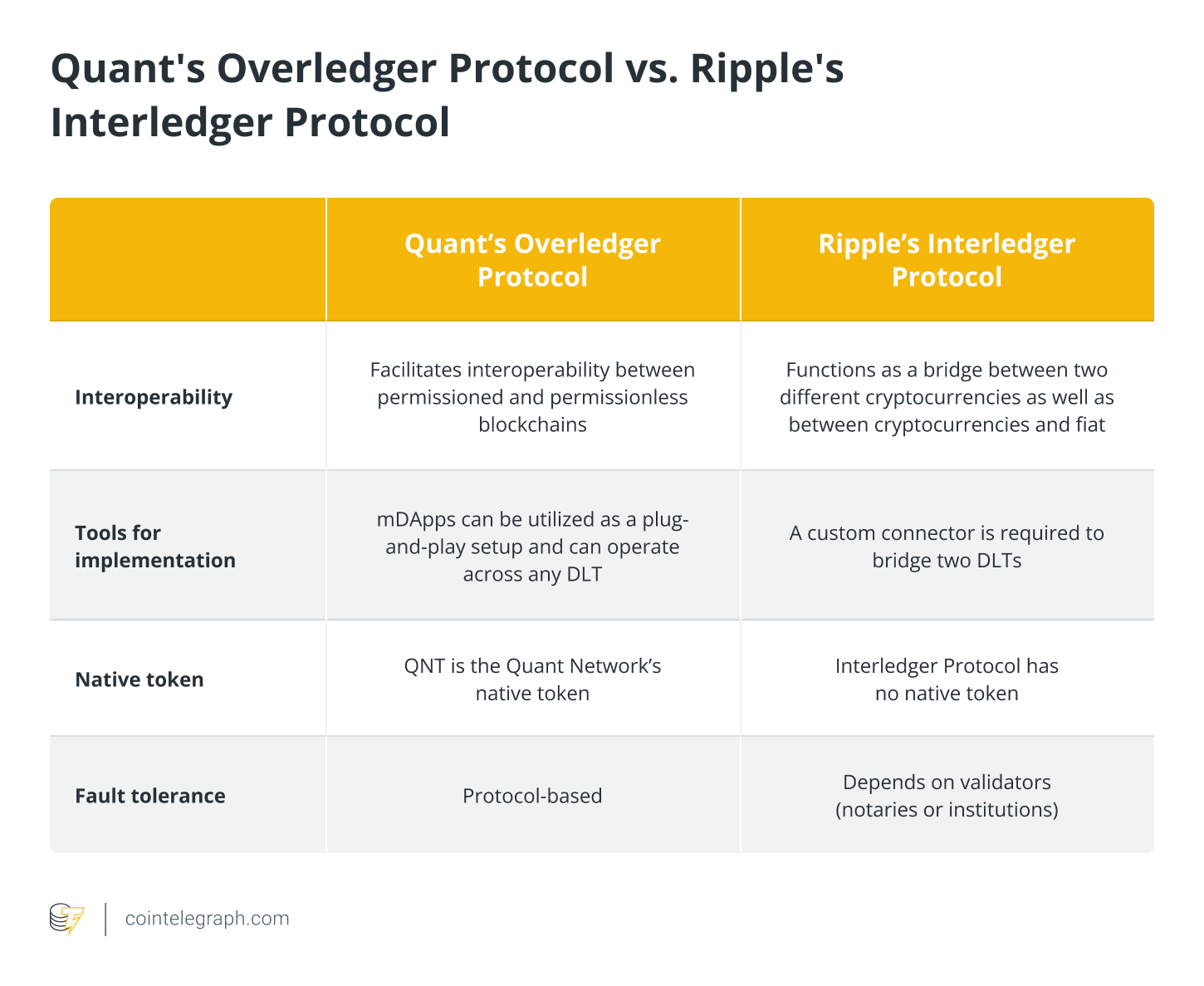
Is Quant crypto a good investment?
Quant Network's unique features, such as allowing developers to build mDApps, combining various DLTs and supporting multiple programming languages, make it an attractive project in the blockchain space.
However, given that many companies are tackling the problem of interoperability between blockchains, it is vital to research, compare and contrast all the projects before making any investments. Moreover, a deeper look into the features and use cases of the Quant blockchain may prove helpful in deciding the future outlook of QNT tokens. Also, the clarity about financial goals and portfolio mix is significant while investing in a volatile crypto market.
Disclaimer : The above empty space does not represent the position of this platform. If the content of the article is not logical or has irregularities, please submit feedback and we will delete or correct it, thank you!